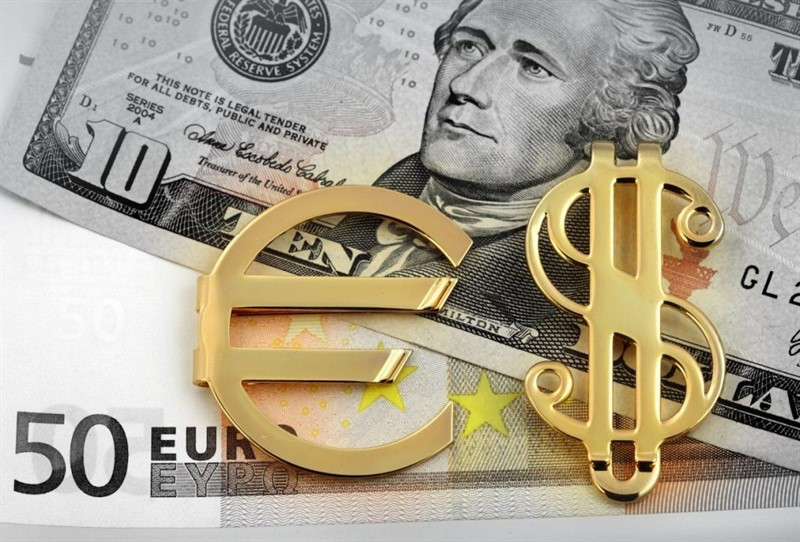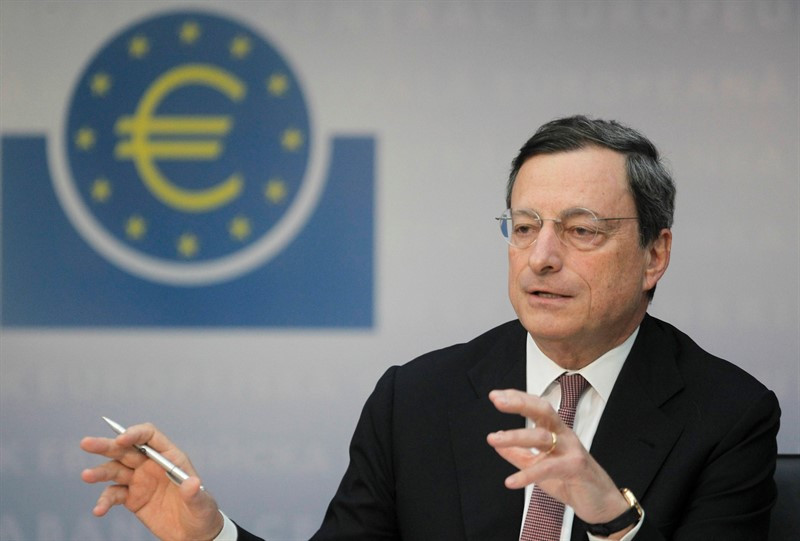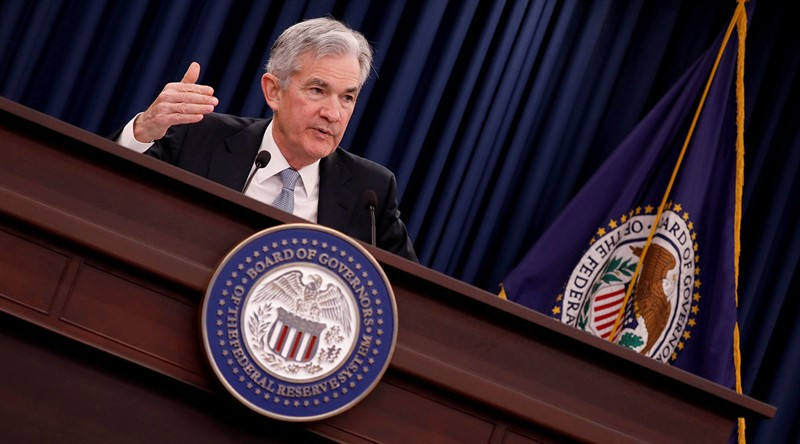As a result of the next meeting of the European Central Bank (ECB), the EUR/USD pair first rushed to two-year lows, then somewhat recovered. But eventually, it returned to its original position.

This time, the European Central Bank decided not to lower the basic rates. However, in the accompanying statement of the regulator said that until the end of the first half of 2020, he intends to keep them at current or lower levels. Market participants perceived this as a transparent hint that the deposit rate would fall from the current -0.40% to -0.5% in September.
Also, the financial institution made it clear that additional measures could be introduced to stimulate the eurozone economy. In particular, it was reported that the central bank committees have already been instructed to study options on the composition and volume of the asset purchase program.
On such statements, the euro came under sales pressure. The rate of the single European currency fell by 0.6% and for the first time since May 2017, it was close to the level of $ 1.11.
According to experts, the results of the July meeting of the Governing Council of the ECB indicate that super-soft monetary policy seems to have settled in the eurozone seriously and for a long time.
"The prospect of leaving the deposit rate deeper into negative territory at the September meeting and weaker than the US, the prospects for economic growth in Europe reduce the attractiveness of investing in European assets, which affects the euro rate," said Nordea Bank experts.
"Now it's more and more likely that at the September meeting the ECB will not resort to anyone measure, but will accept a package of several measures," said economists at ING.

During the press conference, the head of the ECB, Mario Draghi, tried to smooth out the first keen impressions of investors on the possible launch of the new QE program. He said that the proposals are of a variable nature. They must be considered, examined, and then approved by the ECB Board. He also noted that at the last meeting that there were no discussions on reducing rates, QE limits, and 2% change inflation target.
Against this background, the single European currency managed to win back part of the losses against the US dollar. These are the purchases of the euro began on the facts since the ECB refrained from immediate action. At the moment, the EUR/USD pair rebounded to the level of 1.1190 but then rolled back to previous positions.
Apparently, the market was waiting for clearer signals from the ECB, and therefore the movement of quotations turned out to be somewhat contradictory.
In addition, substantial uncertainty remains on key issues for the European economy such as trade wars, the risk of increasing US duties on European cars, Brexit, and Italy's attempts to move to a more "soft" budget policy.
It appears that the players also did not dare to go beyond the established range, since they preferred to wait for the Fed's comments and recent statistics on the American economy, including the first estimate of GDP and data on the country's labor market.

Now the attention of investors switches to the Fed meeting, which will be held on July 31. The main question now is how decisive the FOMC will be.
Over the past week, greenbacks strengthened due to the fact that the market was losing hope of reducing the interest rate in the United States by 50 basis points in July.
On the one hand, the Fed can not rush to adjust the cost of borrowing, given the historically low unemployment rate, as well as the US GDP growth above average and acceptable (although not optimal) inflation rate.
On the other hand, the dovish rhetoric of the ECB allows the Fed to respond adequately.
Moreover, not so long ago, US President Donald Trump reproached the American Central Bank for silently looking at the competitive devaluations of the euro and the yuan. What reason is there not to correct?
According to analysts, a more aggressive than expected reduction in the Fed rate could trigger a "bearish" game against the dollar.





















